From The Collection: Richard Purdy
Richard Purdy, Tulipifera, 40” x 60”, encaustic on panel, 1999
Richard Purdy’s sensational painting Tulipifera hangs just to the left when you walk in the front doors at R&F Handmade Paints. When we reached out to Richard to learn more about the piece, he shared that it was based on a 3D rendering he did approximating Georg Cantor’s “Devils Staircase” - an infinite set between zero and one. He was introduced to this form from the Cantor function in Manfred Schroeder’s 1991 book Fractals, Chaos, Power Laws - Minutes from an Infinite Paradise.
Richard has worked with encaustic since the early 90s. It is his primary medium, one that he finds uniquely suited for the methods he uses. At one time Richard did more traditional paintings, but he stopped doing artwork in the mid-80s as the East Village gallery scene was winding down. After a few years pursuing other interests, he had a dream one night in which he was making works similar to what using wax allowed him to do in Tulipifera. When he woke, the idea was still with him, and he was so excited he immediately made his first prototype.
To begin, Richard drew the form using pencil and paper. He scanned his drawing into an old version of Adobe Dimensions and then spun it to create the “dome.” At the time, he was doing a lot of spirograph drawings and he mapped a set of them to the surface. Working on his Mac II, he put together a printed version of the design and had it enlarged at a commercial blueprint shop to the scale of his panel.
Each spirograph shape in this highly detailed painting was carved out and inlaid. He began with a coat of wax about 1/8” thick on a plywood panel, transferred the pattern by tracing a paper template, and then removed wax using the impressions left on the surface as his guide. Once a section was cut out, he poured wax into the mold and smoothed the cooled surface.
The title Tulipifera came from a poem by Jim Fletcher. Richard found parallels to the shape of Cantor’s work and with Jim’s permission, borrowed the title for his painting. For Richard, Tulipifera’s final form suggested a Stupa none of our ancient cultures ever got around to building.
In 2000, Richard attended the Computer Arts Graduate program at SVA, where he learned to program. Today he works in project management and programming for a Fine Arts Service provider. Richard’s studio is located in his home and his studio practice is currently on hold as he raises three kids between the ages of nine and fourteen, but he noted that he has a few unfinished pieces waiting for the day family life allows him to return to making art.
Richard Purdy is represented by Nancy Hoffman Gallery in New York City.


